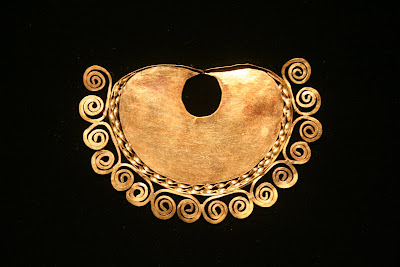I took the overnight bus from coastal Chiclayo to Chachapoyas, a remote, small, Andean town halfway down to the Amazonian plains. Surrounding the main square are a few tourist agency offices (including one in my hostel). All proclaimed the tour to the "Third highest waterfall in the world". After my visit to these impressive falls, I asked Mr Google..............
At 771m the Gotca waterfall is the 15th highest in the world. Oh well.........watch this space for in December I should see the world's highest falls. Robbie Williams made a single about them.
I had to choose an agency to get me to the falls. It seems all agencies will tell you anything to get your cash. I knew one agency was running the trip. The agency at my hostel was not as there were no other gringos about. However on my way to book the trip my hostals agency told me they had 2 others wanting to go!! The trip would start at 4.00am.
The 2 others turned out to be a party of 30 teenage girls on a schooltrip. We returned at 10.00pm after visiting the falls (they screamed as they got wet under the falls), then a lake (so the girls could scream on a boat ride) then a disco (so the girls could scream to the music). So a screaming, 16 hour trip, that would have been a tranquil 8 hours if I had used the other agency.
QED





































































